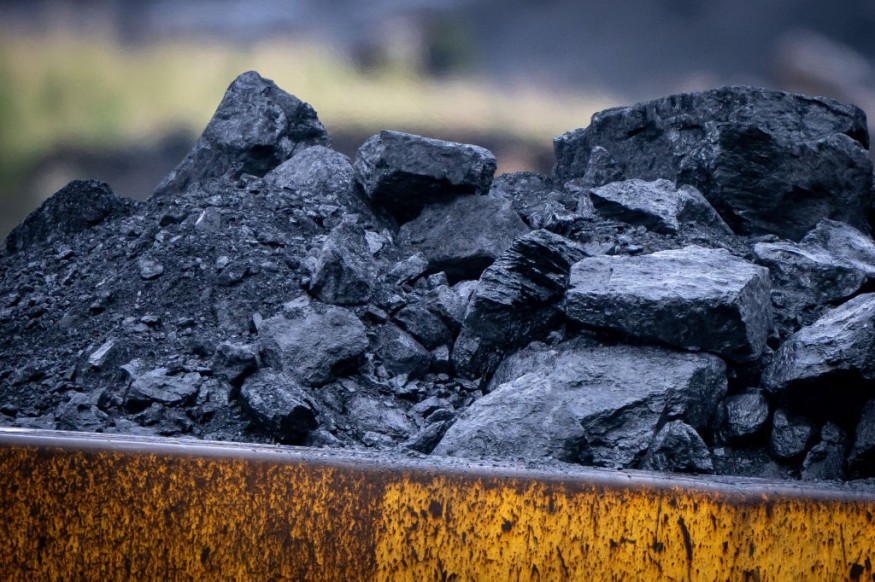A recent study indicated that earth elements needed for modern technologies could be found inside fossil fuels, including coal.

Battery, Touchscreen Productions
Experts said that these rare earth elements are crucial for the production of batteries and even touchscreens. They added that elements such as scandium, yttrium and neodymium are also necessary for green energy technologies such as wind turbines and hybrid cars.
This study has aimed to quantify rare earth element enrichment within coal and coal-adjacent strata in the Uinta Region of central Utah and western Colorado. Rare earth elements are a subset of critical minerals as defined by the experts from the US Geological Survey.
They further noted that these elements are used for a wide variety of applications, including renewable energy technology in the transition toward carbon-neutral energy.
While rare earth element enrichment has been associated with the Appalachian coals, there has been a more limited evaluation of western US coals.
In the study, samples from six active mines, four idle or historical mines, four mine waste piles, and seven stratigraphically complete cores within the Uinta Region were geochemically evaluated using portable X-ray fluorescence (n = 3,113).
These mines were also inductively coupled plasma-mass spectrometry (n = 145) elemental analytical methods, according to experts.
The results of the study suggested that 24% to 45% of stratigraphically coal-adjacent carbonaceous shale and siltstone units show rare earth element enrichment (>200 ppm), as do 100% of sampled igneous material.
Further, it found out that a small subset (5% to 8%) of coal samples display rare earth element enrichment, specifically in cases which are containing volcanic ash.
Mobilization Of Rare Earth Elements
The said study proposed two multi-step depositional and diagenetic models to explain the enrichment process, which requires the emplacement and mobilization of rare earth element source material because of hydrothermal and other external influences.
Additionally, the historical geochemical evaluations of Uinta Region coal and coal-adjacent data are sparse and this emphasizes the statistical significance of this research.
These results, meanwhile, supported the utilization of active mines and coal processing waste piles for the future of domestic rare earth element extraction, and this offers economic and environmental solutions to pressing global demands.
Researchers also emphasized that the results of the study have shown that carbonaceous shale and siltstone units directly stratigraphically above or below coal seams within the Uinta Region show general trends of relative REE enrichment, with values >200 ppm.
The enriched carbonaceous shale or siltstone units are typically 0.6-1.5 m (2-5 ft) in thickness above or below a coal seam, which suggests a diagenetic correlation between coal and carbonaceous shale or siltstone.
The study made a point that the igneous material and impure, volcanic-ash-rich coal are commonly discarded in regional coal mining waste piles.
The extraction of these materials for REE processing could be economically and environmentally beneficial for active coal mines.
Related Article : Japan Finds Mother Lode Of Rare Earth Metals Far Off Tokyo Coast (VIDEO)
© 2025 NatureWorldNews.com All rights reserved. Do not reproduce without permission.





